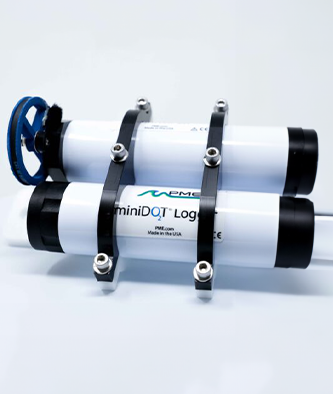Frequently Asked Questions
- What USB Cable Does the miniDOT® Logger Need?
- When Should I Use a Red Excitation Configuration?
- When Should I Use a Blue Excitation Configuration?
- What is the Q Value?
- How Should I Store My miniDOT®?
- Does PME Still Offer the MSCTI?
- How Do You Clean Your miniDOT® Logger?
- Does the miniDOT® Have a Salinity Sensor?
What USB Cable Does the miniDOT® Logger Need?
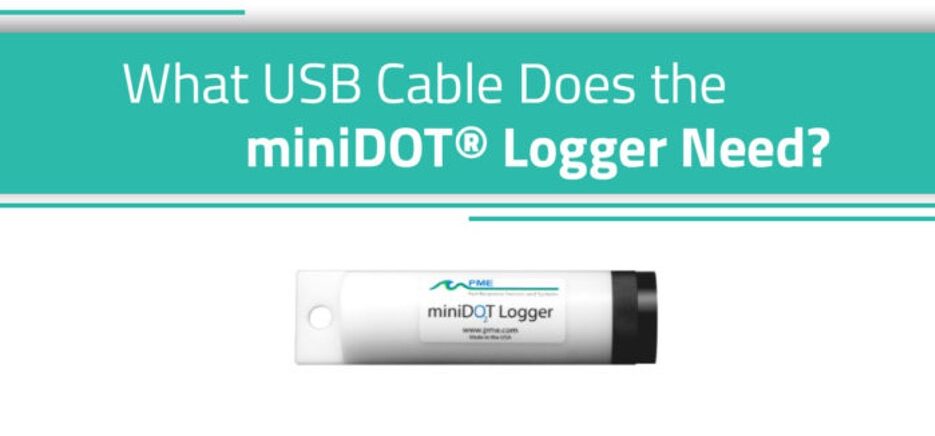
The USB cable the miniDOT® uses is a six-foot USB 2.0 A-male to micro B. A compatible USB cable is included with the purchase of your miniDOT® Logger. If needed, you can find a replacement cable here.
When Should I Use a Red Excitation Configuration?
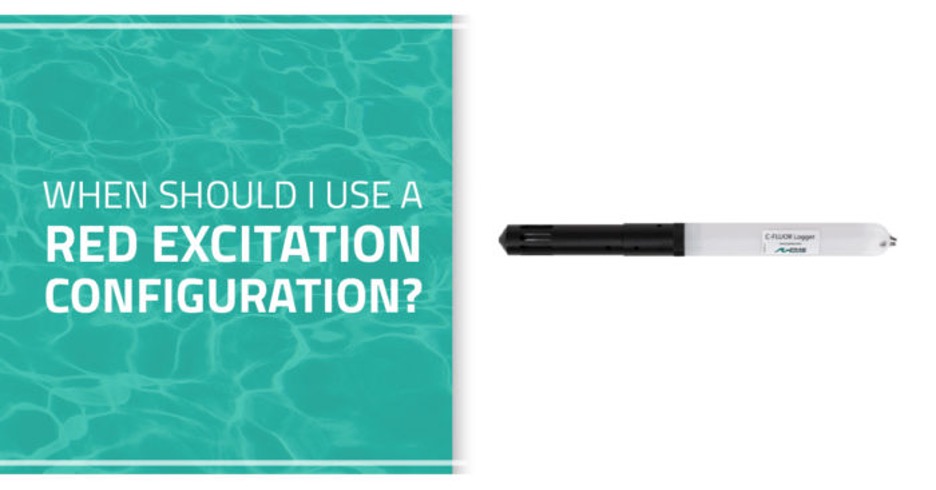
When measuring chlorophyll levels using the C-FLUOR, a red excitation configuration is recommended for use in aquatic habitats that have high dissolved organics. Unlike blue excitation, red excitation does not have as much interference from dissolved organic matter (DOM) because DOM particles absorb blue excitation energy, not red. Also, a red excitation configuration is more sensitive to prokaryotic algae, also known as blue/green algae or cyanobacteria. If you are looking to research this type of organism in a high DOM habitat, a red excitation configuration may be right for you.
When Should I Use a Blue Excitation Configuration?
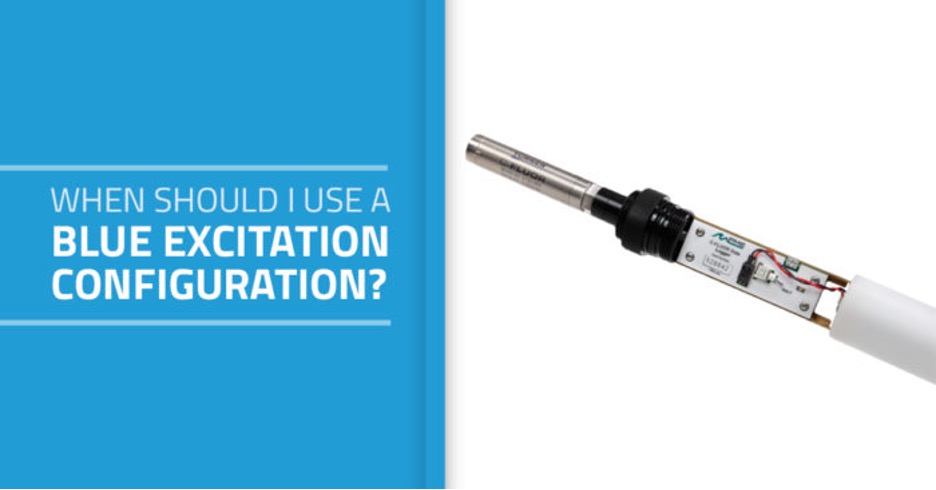
When measuring chlorophyll levels using the C-FLUOR or Cyclops-7, a blue excitation configuration is recommended for use in aquatic habitats that have low levels of dissolved organics. Dissolved organic matter (DOM) significantly interferes with blue excitation so red excitation is recommended in high DOM environments. Also, blue excitation is more sensitive to non-cyanobacteria groups, known as eukaryotic algae. If you are looking to research these organism groups in a low DOM environment, a blue excitation configuration may be the best option for you.
What is the Q Value?
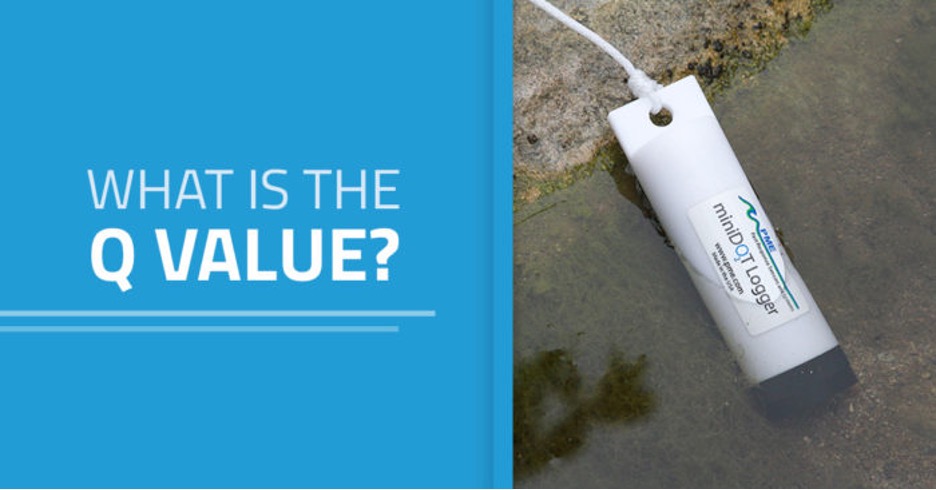
When looking at miniDOT® measurements, the Q value is the quality of the measurement taken. This value is used to help determine the condition of the miniDOT® measurement operations.
How Should I Store My miniDOT®?
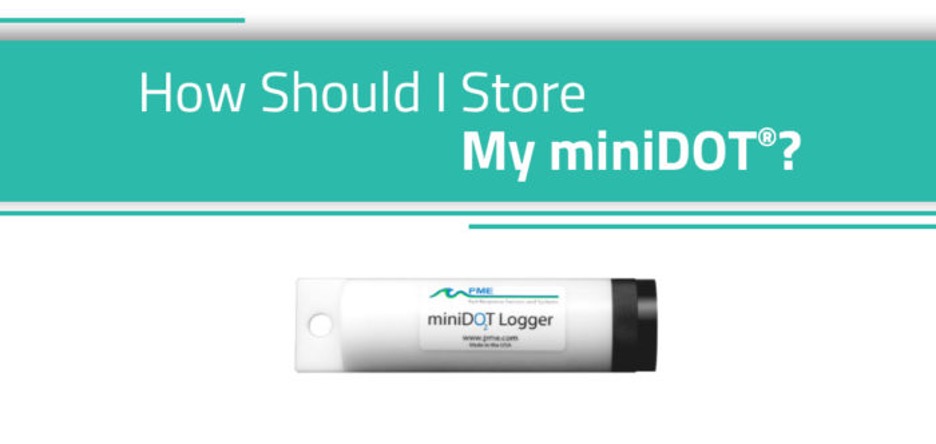
The recommended storage instructions for your miniDOT® vary based on what type of batteries you are using to power your device. If you are using lithium AA batteries, you should leave them installed during storage to prevent the backup battery from being depleted.
We are happy to help with further questions, please contact us.
Does PME Still Offer the MSCTI?
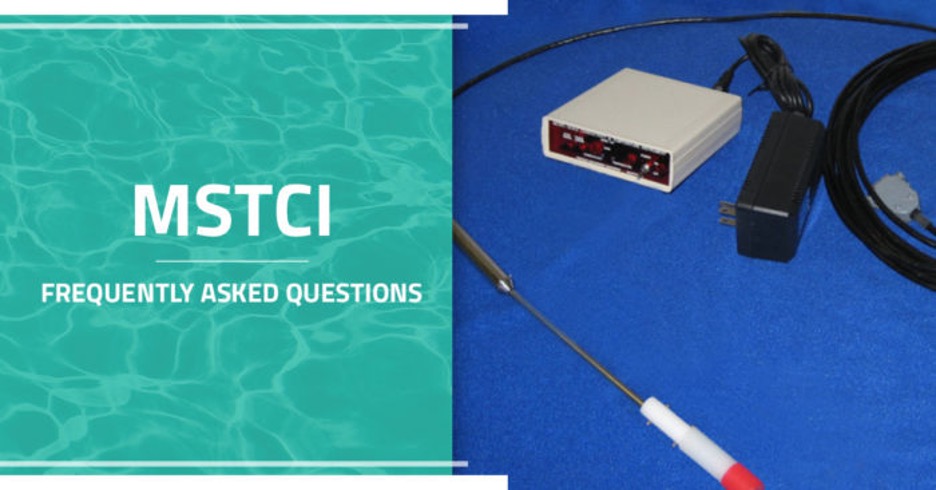
In the ‘80s the MSCTI was one of PME’s early products. In recent years we have begun to move forward technologically and have made the decision to begin retiring the MSCTI.
How Do You Clean Your miniDOT® Logger?
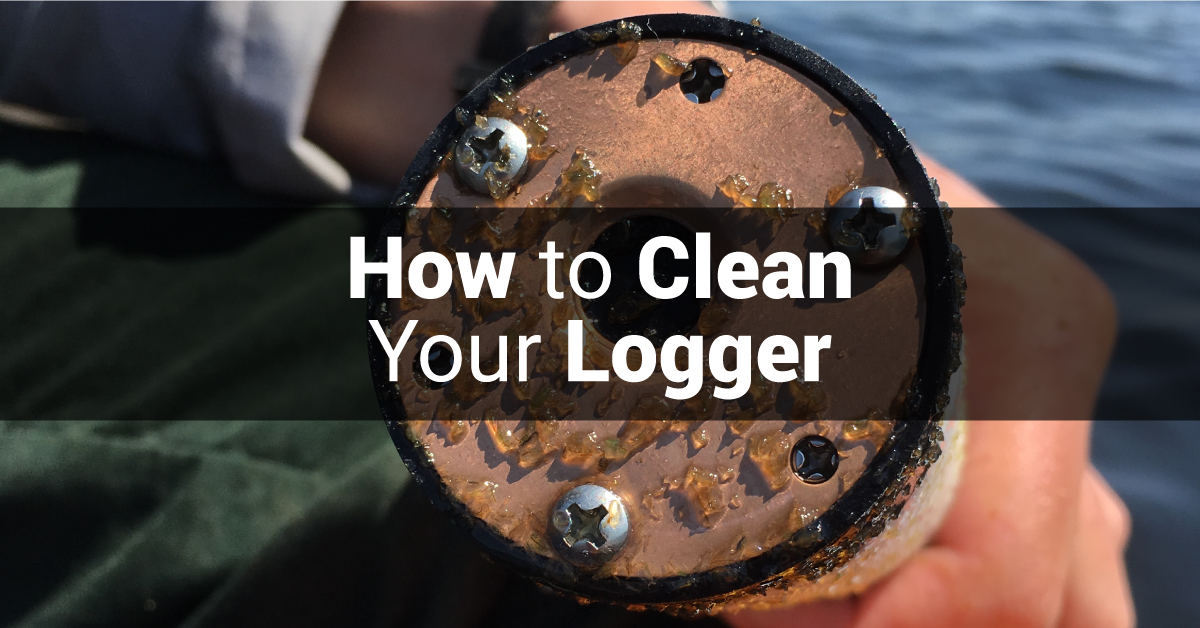
We suggest cleaning your loggers at regular intervals based on the amount of fouling at your site. Typically, anti-fouling efforts can fall into three categories: prevention, mechanical cleaning and chemical cleaning. To ensure you get the best data reporting possible, we lead you through all of them in this quick how-to guide!
Does the miniDOT® Have a Salinity Sensor?
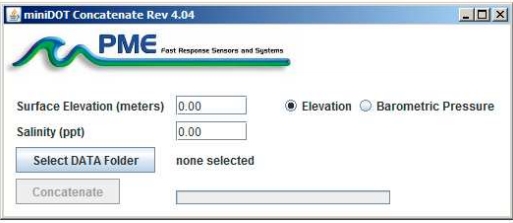
The presence of salt ions in water changes the equilibrium relation between dissolved oxygen and oxygen in the plastic. miniDOT® has no salinity sensor and so it is unable to sense if the surrounding environment is fresh or salt water. Software computes dissolved oxygen based on the assumption that the surrounding environment is fresh water. This is the dissolved oxygen recorded on files within the miniDOT®.
The miniDOT® is supplied with software that can implement a correction in the case where the environment is salt water. This correction is accomplished in miniDOT® Concatenate.


